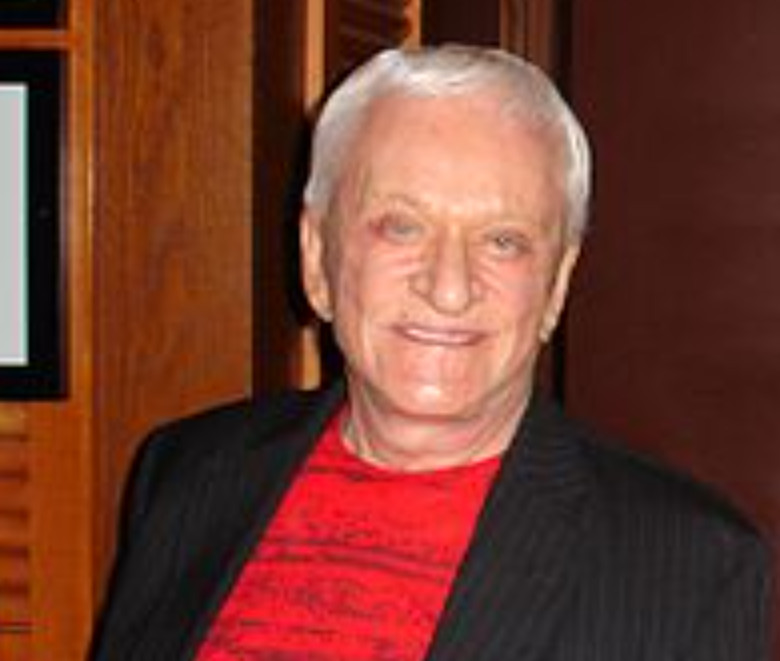
Donald Joseph Laughlin
Childhood
Born in Owatonna, Minnesota, Laughlin spent his youth working as a fur trapper during winters. He used his earnings to purchase slot machines, placing them in local hunting lodges. By his teenage years, he was making $500 a week—a substantial sum at the time. When his school principal demanded he quit the slot machine business or leave school, Laughlin chose to drop out, setting the stage for his future in gambling.
Career
In the late 1950s, Laughlin moved to Las Vegas and purchased his first casino, the 101 Club, which he later sold in 1964. That same year, while flying over the tri-state area near the Colorado River, he recognized the region's untapped potential. He acquired an eight-room motel on 6.5 acres for $250,000, transforming it into the Riverside Resort.
The casino initially featured 12 slot machines, two live gaming tables, and an all-you-can-eat chicken dinner for just 98 cents. Over the years, Laughlin expanded the Riverside into a major resort, adding hotel towers, an automotive museum, and a bowling center. By 1994, the property boasted 1,405 rooms.
Laughlin played a key role in developing the town that now bears his name. When asked by a U.S. Postal Service inspector to name the area’s post office, he suggested "Riverside and Casino," but the inspector proposed "Laughlin" instead.
Beyond gaming, Laughlin financed infrastructure projects, including the Laughlin Bridge connecting Nevada and Arizona, and expansions to the Laughlin-Bullhead International Airport.
Personal life
Laughlin married Betty L. Jones in 1953, and they remained together until she died in 2022. The couple had three children.
On October 22, 2023, Laughlin passed away in the town named after him at 92. Following his death, his body was cryopreserved by the Alcor Life Extension Foundation.
Revenue
While exact revenue figures for Laughlin’s ventures are not publicly disclosed, the Riverside Resort remains one of Laughlin’s most profitable enterprises. His investments in infrastructure and tourism helped establish the town as a budget-friendly alternative to Las Vegas, attracting millions of visitors annually.
Interesting facts
Laughlin frequently traveled in his private helicopter, using it to commute between his casino, ranch, and hometown.
The Riverside Resort’s automotive museum featured "Big Red," a famous 1969 Chevrolet Camaro that appeared on the cover of Hot Rod Magazine in 2005.
He was instrumental in expanding the Laughlin-Bullhead International Airport to accommodate commercial flights.
Legacy
Donald Laughlin’s legacy lives on through the town of Laughlin, which remains a popular gaming and resort destination. His contributions to Nevada’s gambling industry and regional development cemented his reputation as a visionary entrepreneur.
Frequently asked Questions
Laughlin began by purchasing slot machines as a teenager, placing them in hunting lodges. He later moved to Las Vegas and bought his first casino, the 101 Club, before founding the Riverside Resort.
A U.S. Postal Service inspector suggested naming the post office after Laughlin due to their shared Irish heritage.
Beyond building the Riverside Resort, he financed key infrastructure projects, including the Laughlin Bridge and airport expansions.
Yes, he owned a cattle ranch in Kingman, Arizona, and was involved in various real estate ventures.
He passed away at 92 on October 22, 2023, in Laughlin, Nevada. Alcor cryopreserved his body.















